The dust suppression control market is currently characterized by a dynamic competitive landscape, driven by increasing regulatory pressures and a growing emphasis on environmental sustainability. Key players such as BASF (US), Ecolab (US), and DuPont (US) are strategically positioning themselves through innovation and partnerships to enhance their market presence. BASF (US) focuses on developing advanced chemical solutions that not only suppress dust but also minimize environmental impact, while Ecolab (US) emphasizes integrated water management solutions that align with sustainability goals. DuPont (US) is leveraging its extensive research capabilities to innovate in biodegradable dust control products, thereby appealing to eco-conscious consumers. Collectively, these strategies are shaping a competitive environment that prioritizes sustainability and technological advancement.
In terms of business tactics, companies are increasingly localizing manufacturing to reduce supply chain vulnerabilities and enhance responsiveness to regional market demands. The market structure appears moderately fragmented, with several players vying for market share, yet the influence of major companies remains substantial. This competitive structure fosters innovation as companies strive to differentiate their offerings in a crowded marketplace.
In November 2025, BASF (US) announced a partnership with a leading environmental consultancy to develop a new line of eco-friendly dust suppression agents. This collaboration is significant as it not only enhances BASF's product portfolio but also aligns with the growing demand for sustainable solutions in various industries, including construction and mining. The partnership is expected to yield products that meet stringent environmental regulations while maintaining efficacy in dust control.
In October 2025, Ecolab (US) launched a digital platform aimed at optimizing dust suppression processes for industrial clients. This platform utilizes AI and data analytics to provide real-time monitoring and adjustments, thereby improving operational efficiency. The introduction of this technology underscores Ecolab's commitment to digital transformation and positions the company as a leader in integrating technology with traditional dust control methods.
In September 2025, DuPont (US) unveiled a new biodegradable dust control product that has garnered attention for its innovative formulation. This product not only suppresses dust effectively but also decomposes naturally, reducing environmental impact. The launch reflects DuPont's strategic focus on sustainability and innovation, catering to a market increasingly concerned with ecological footprints.
As of December 2025, current competitive trends indicate a pronounced shift towards digitalization, sustainability, and AI integration within the dust suppression control market. Strategic alliances are becoming increasingly pivotal, as companies recognize the value of collaborative innovation in addressing complex environmental challenges. Looking ahead, competitive differentiation is likely to evolve from traditional price-based competition to a focus on innovation, technological advancements, and supply chain reliability. This shift suggests that companies that can effectively integrate sustainable practices and cutting-edge technology into their operations will be better positioned to thrive in the future.


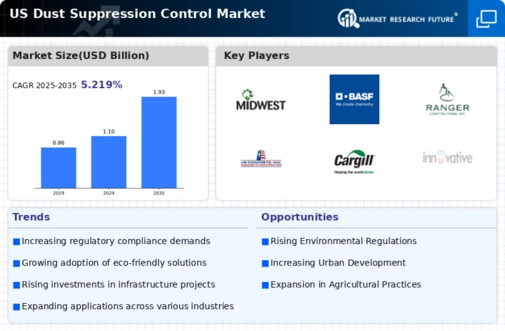
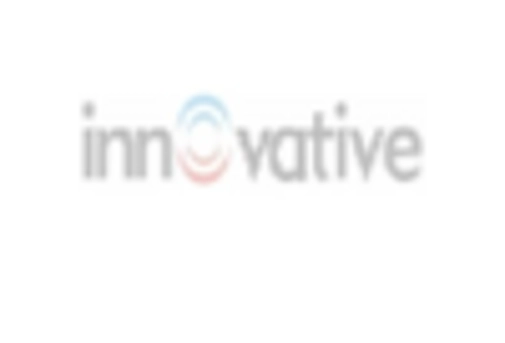
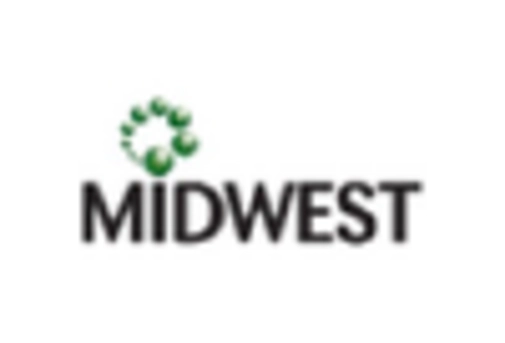
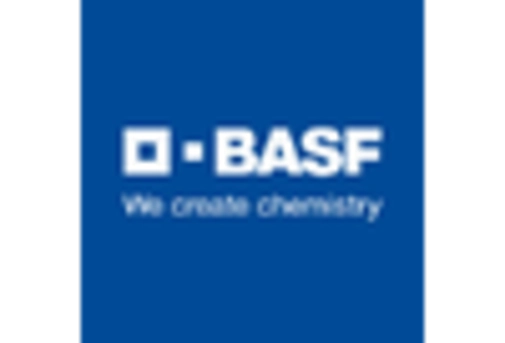
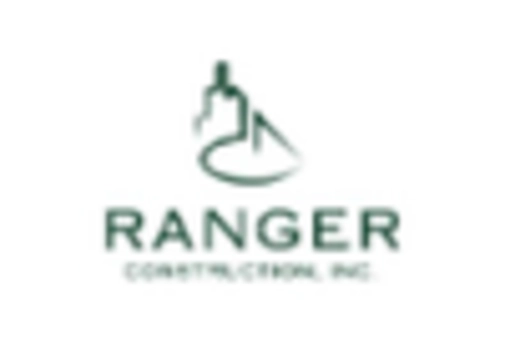
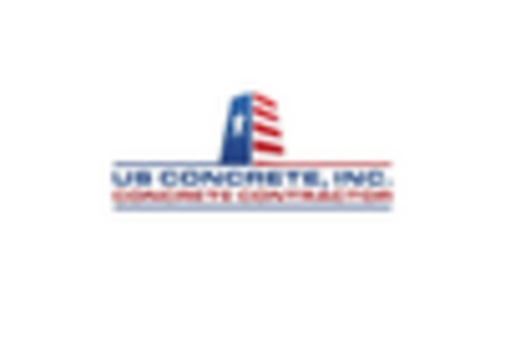
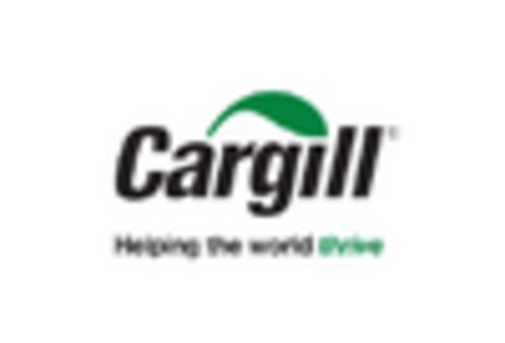








Leave a Comment